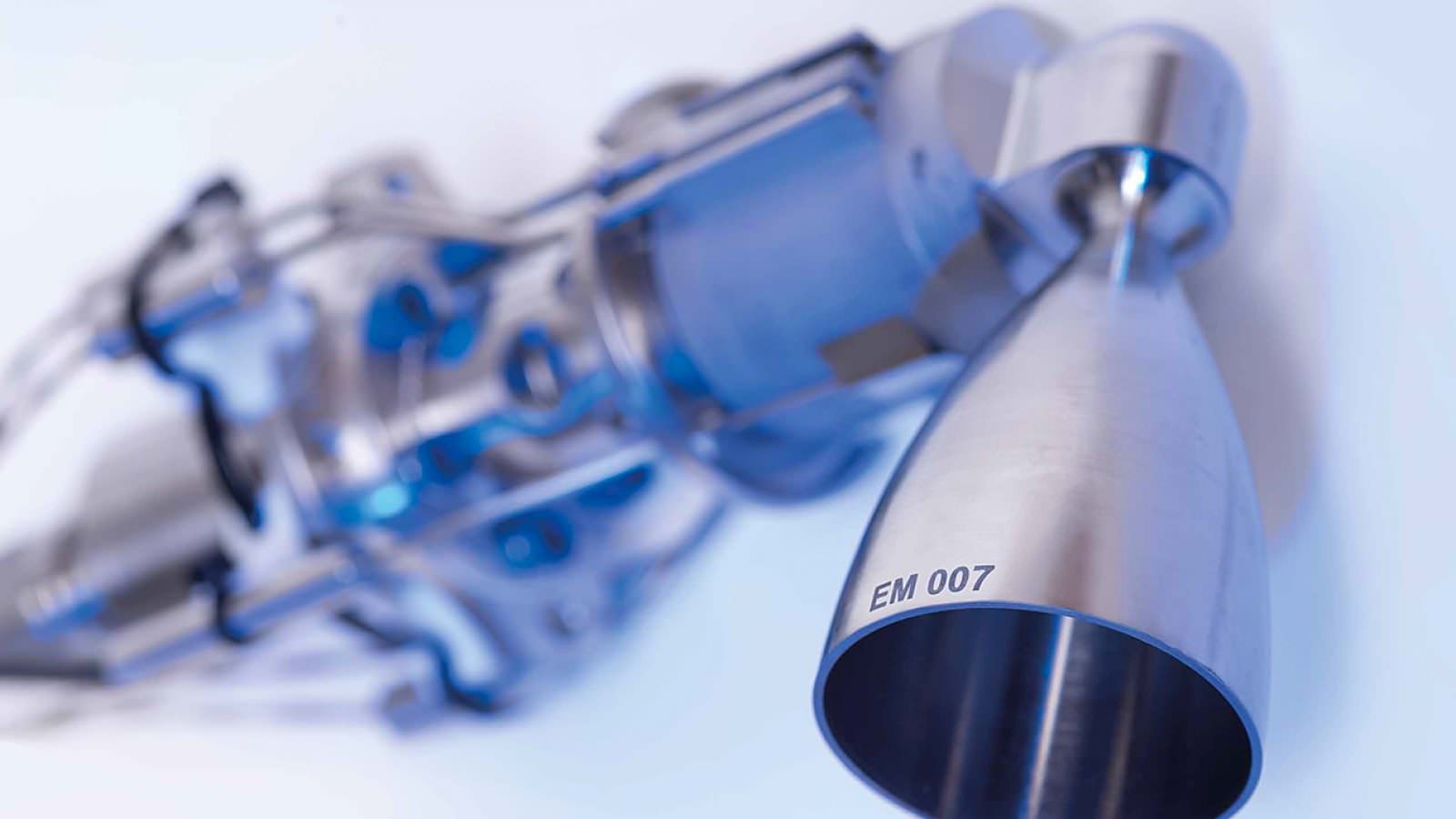
Rotate your tablet
for a better experience


Rotate your tablet
for a better experience

ArianeGroup has been awarded the contract to supply a chemical propulsion system to place Germany’s experimental telecommunications Heinrich Hertz satellite (H2Sat) into geostationary orbit and to provide attitude control during the 15-years of its life in service.
ArianeGroup is responsible for the propulsion design, development, production, testing, and integration of the system as a whole. The thrusters are to be developed and manufactured at ArianeGroup’s Lampoldshausen site and the associated fuel tanks will be supplied by ArianeGroup’s Bremen plant. The overall propulsion system/satellite integration will also take place at the Lampoldshausen facility, where recently-developed Shape Memory Alloy (SMA) valves, required for pressure system passivation, will be deployed for the first time. They will replace the current pyro valves, one major advantage being a significantly longer service life.
“We are pleased to contribute to this important communications satellite and technology demonstrator program with our chemical propulsion capabilities. This is a key opportunity to test new technologies in space.”
“The Heinrich Hertz mission is a showcase for key competencies and competitiveness. This is why, from the start of this propulsion system development, our team has been working on both technological advances and the optimization of industrial processes to ensure even more efficient and cost-effective production.”
The Heinrich Hertz program is managed by the German Aerospace Center (DLR) Space Administration on behalf of the Federal Ministry for Economic Affairs and Energy (BMWi) with the participation of the Federal Ministry of Defense. The prime contractor is OHB System in Bremen, which manages satellite development, production, and launch of the satellite. The main objective of the mission is to test and validate new satellite communications technologies in orbit, as well as conduct as well as to conduct a series of scientific and technical communications experiments. Using a separate military payload on board the satellite, another aspect of the mission will be to provide communications for the German Federal Armed Forces.
The satellite is a Small Geostationary Satellite (GEO) platform, equivalent in size to a light light utility vehicle. In addition to a chemical propulsion system, the platform also includes an electrical propulsion system that takes over part of the attitude control function throughout the mission. The satellite will circle the Earth in geostationary orbit at an altitude of approximately 36,000 kilometers. The Heinrich Hertz satellite is scheduled for launch towards the end of 2021 on board an Ariane 5 launcher.
Astrid EMERIT – T. +33.6.86.65.45.02
astrid.emerit@ariane.group
Julien WATELET – T. +33.6 88.06.11.48
julien.watelet@ariane.group